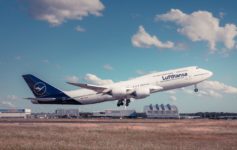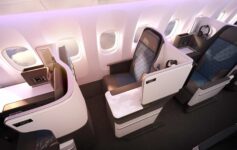The Transportation Security Administration agreed Friday to let uniformed airline pilots skip the body scans and aggressive pat-downs at the heart of a national uproar. The pilots must pass through a metal detector at airport checkpoints and present photo IDs that prove their identity.
What was behind this TSA change of heart? Some are crediting retired hero US Airways pilot Chesley Sullenberger for convincing top government officials that pilots should be treated as "trusted partners" in the fight against terrorism.
But if you think the latest TSA reprieve might transfer to airline passengers, think again. TSA Administrator John Pistole and Homeland Security Secretary Janet Napolitano have affirmed that the full body scanners and "enhanced" pat-downs are here to stay.
John Prater, president of the Air Line Pilots Association, which represents pilots at several major airlines, said the unions have been negotiating the changes with TSA for two years. He said changes were already in the works, but were speeded up by the backlash against the new imaging machines and searching techniques.
While I certainly don’t fault unions for looking out for their own rather than the general public, I am disappointed that many pilots seem to have a "do as I say, not as I do" attitude when it comes to screening. Sure, as I have said many times on this blog, it is the epitome of irony to require a pilot to be strip-searched while giving him the power to wreak massive damage to potentially thousands of people using the aircraft as a weapon. Nevertheless, I’d really like to see airline pilots start advocating for the elimination of full body scanners and retaliatory pat-downs for all passengers now that they have won their battle.
I have yet to hear a reasonable argument explaining why these machines are necessary when their technology is still clouded in controversy. Throwing the "kitchen sink" at a problem doesn’t work on academic exams and it doesn’t work in airline security. We need to implement effective solutions, not reactionary measures that costs billions of dollars while providing a minimal, if any, increase in passenger safety.




Leave a Reply